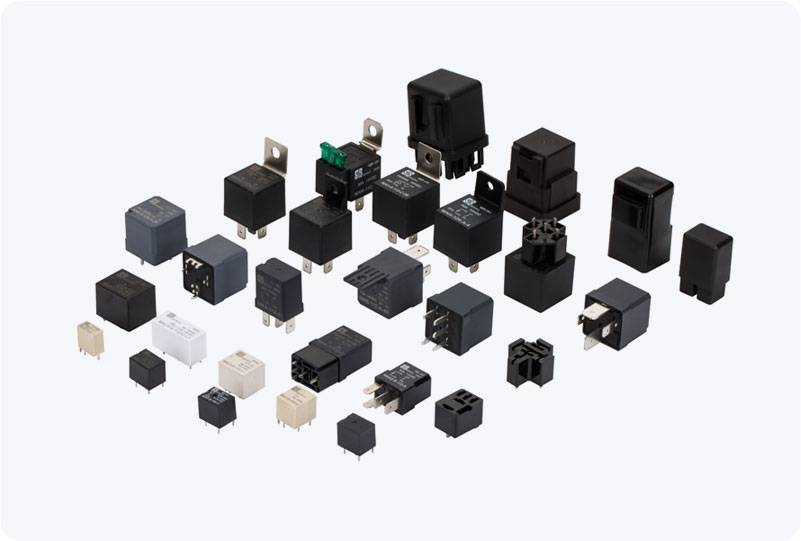The starter motor relay is a key component in modern vehicles, essential for initiating the engine’s operation. This small yet powerful device plays a significant role in controlling the flow of electrical current to the starter motor, ensuring a safe and efficient engine start. In this article, we will delve into the function, importance, and troubleshooting of the starter motor relay, providing a comprehensive understanding of this crucial automotive part.

What is a Starter Motor Relay? A starter motor relay is an electrically operated switch that transmits power from the battery to the starter motor. The starter motor, which requires a substantial amount of current to operate, would place too much strain on the vehicle’s electrical system if it were connected directly to the ignition switch. The relay serves as an intermediary, allowing a small current to activate a large current, ultimately turning the engine over and starting the vehicle. The Function of the Starter Motor Relay The primary function of the starter motor relay is to act as a high-powered switch. When the driver turns the ignition key or presses the start button, a small electrical signal is sent to the relay. This signal energizes an electromagnet within the relay, which then closes a set of contacts, allowing a high current to flow from the battery to the starter motor. Without the relay, the ignition system would have to handle the large amount of current required by the starter motor, risking damage to delicate electrical components.